Tom's Guide Verdict
The lighweight, long battery life and multisport tracking features in the Garmin Forerunner 935 make it an excellent, if expensive, choice for triathletes and ultramarathoners.
Pros
- +
Very long battery life
- +
Slim and light design
- +
Multisport support
- +
Offers same features of the more expensive Garmin Fenix 5
Cons
- -
Doesn’t have the polish of Fenix
- -
Expensive
Why you can trust Tom's Guide
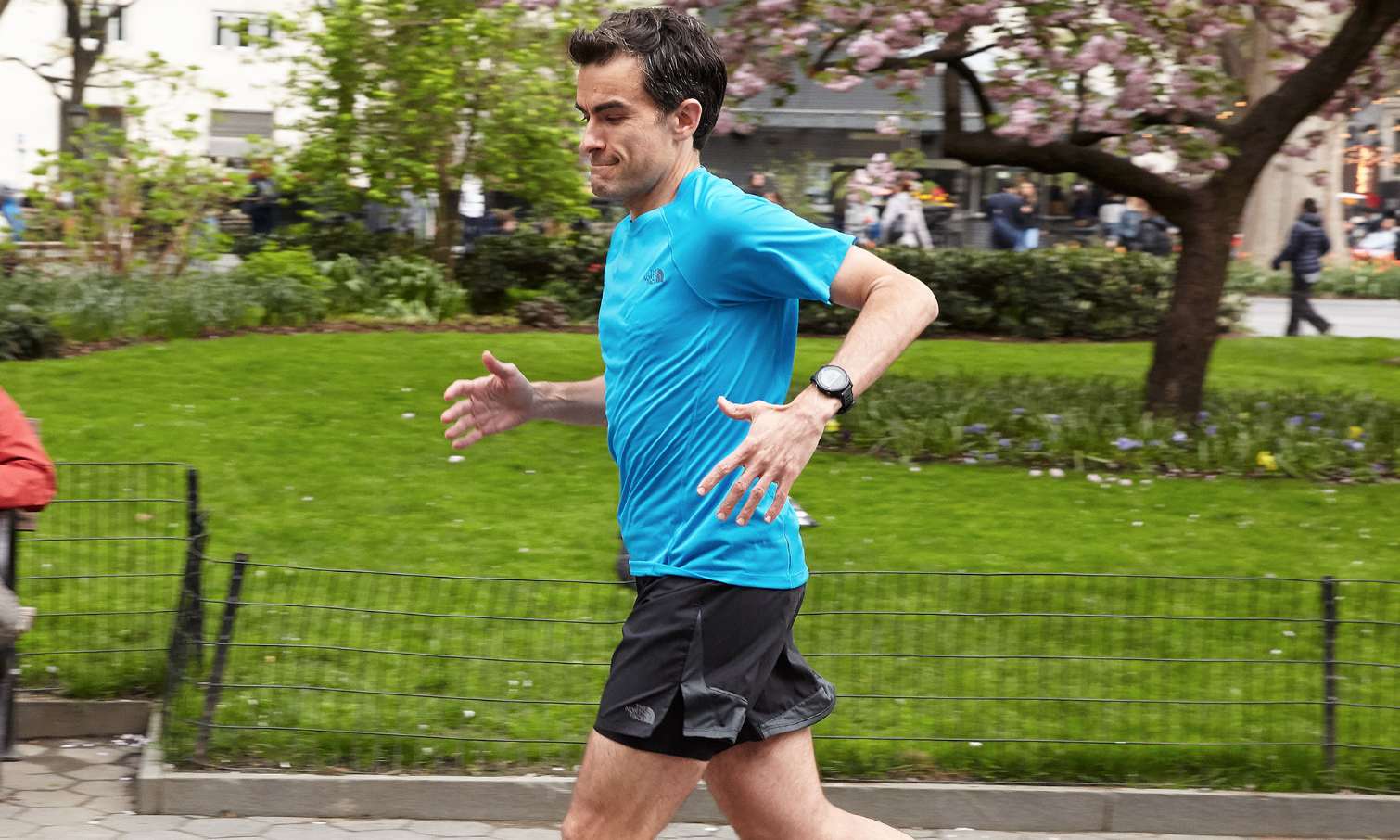

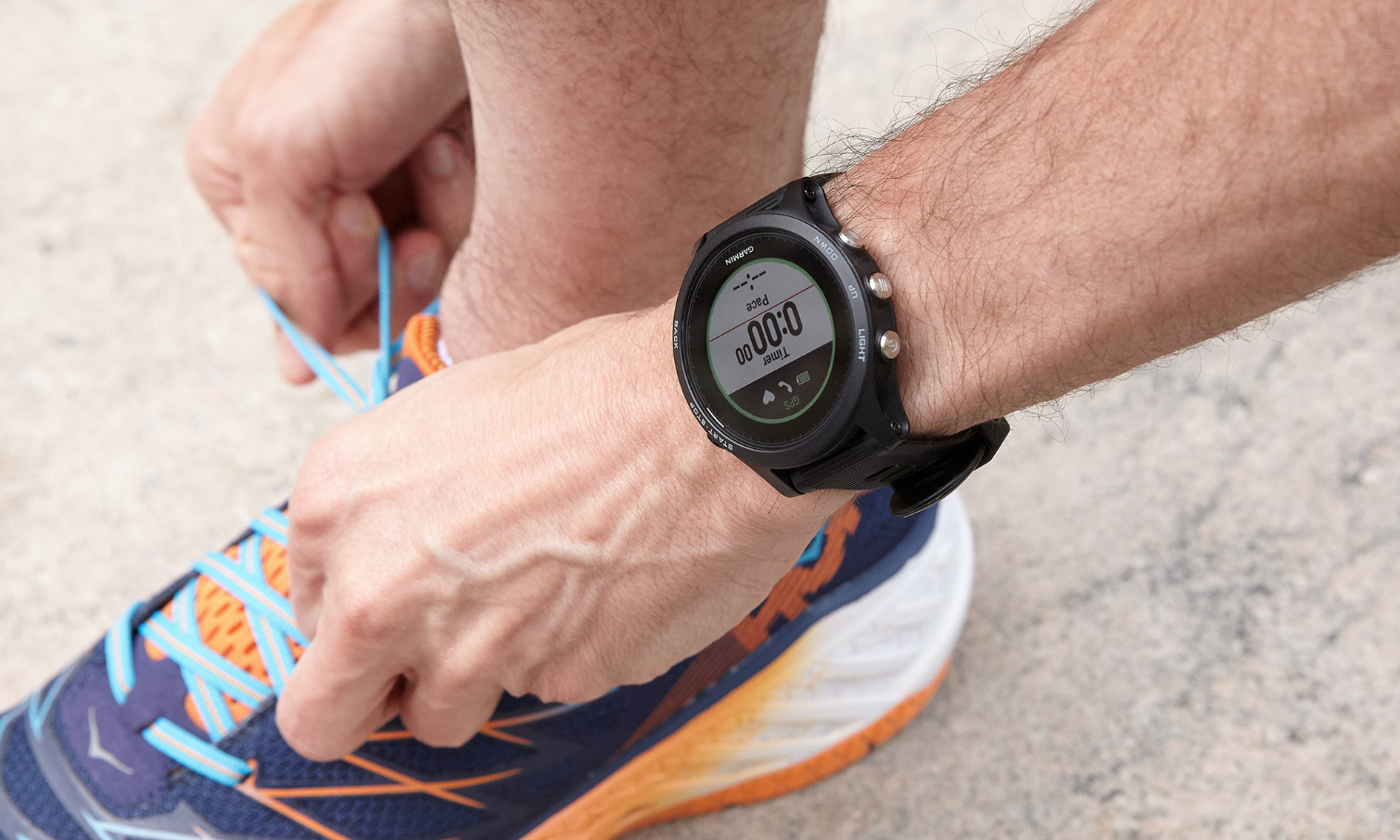
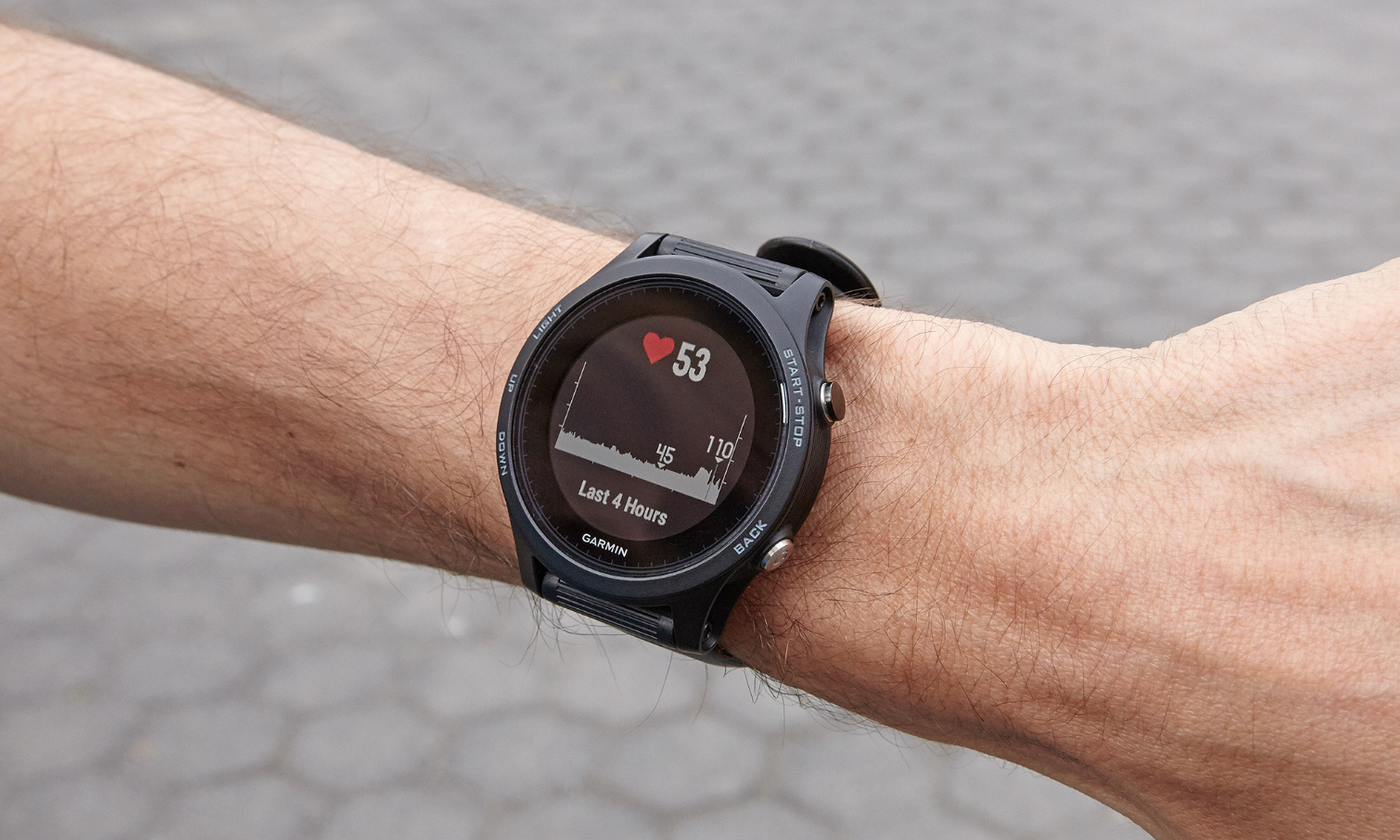
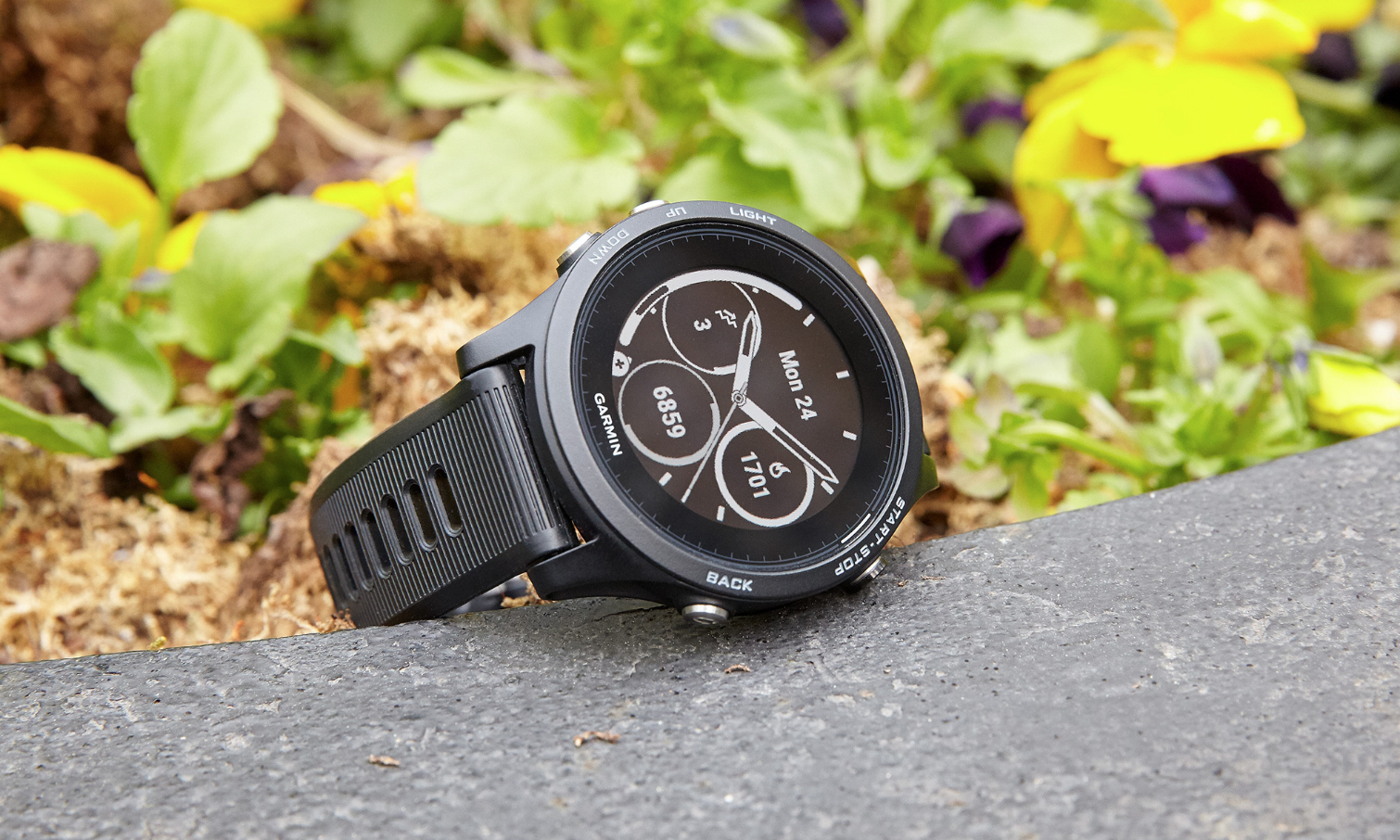
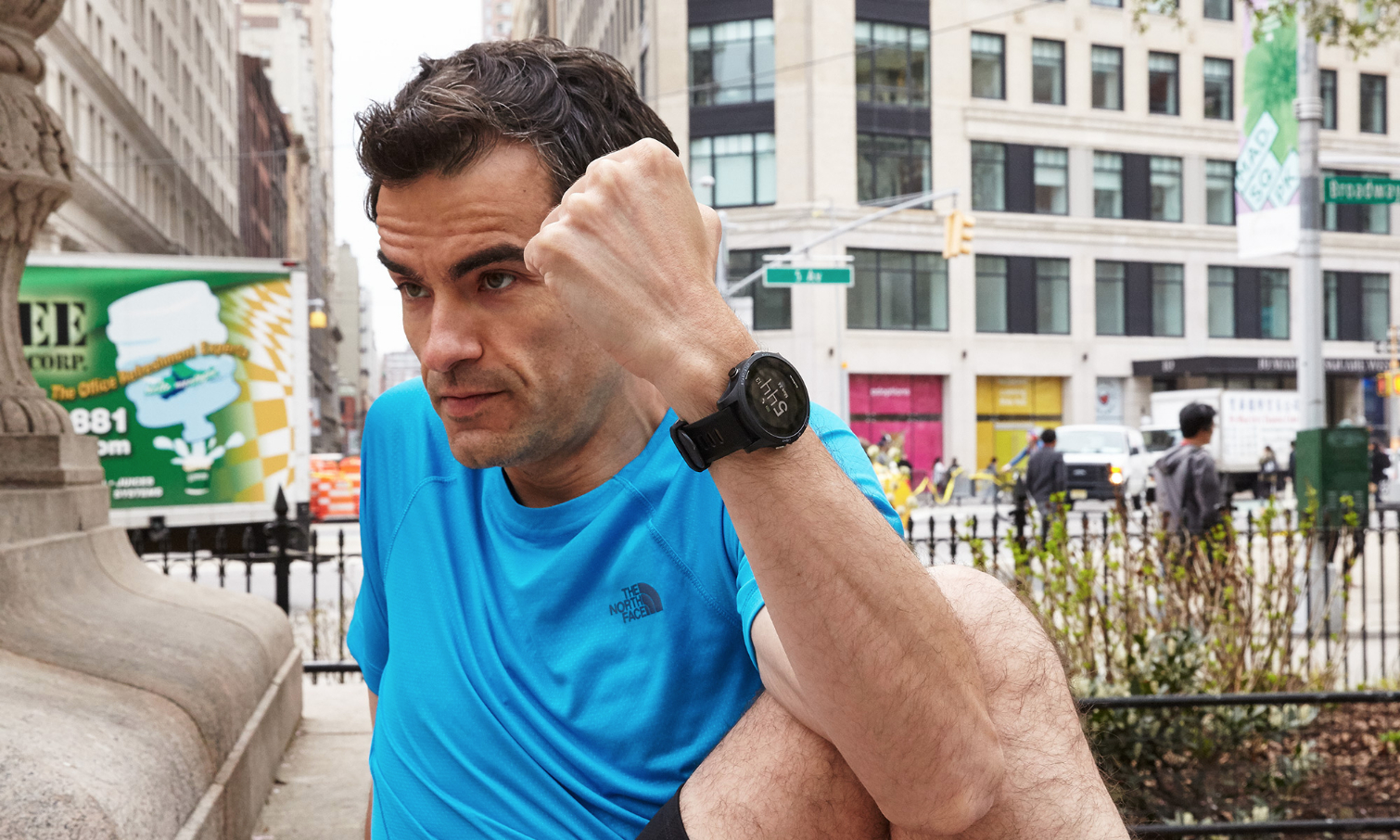
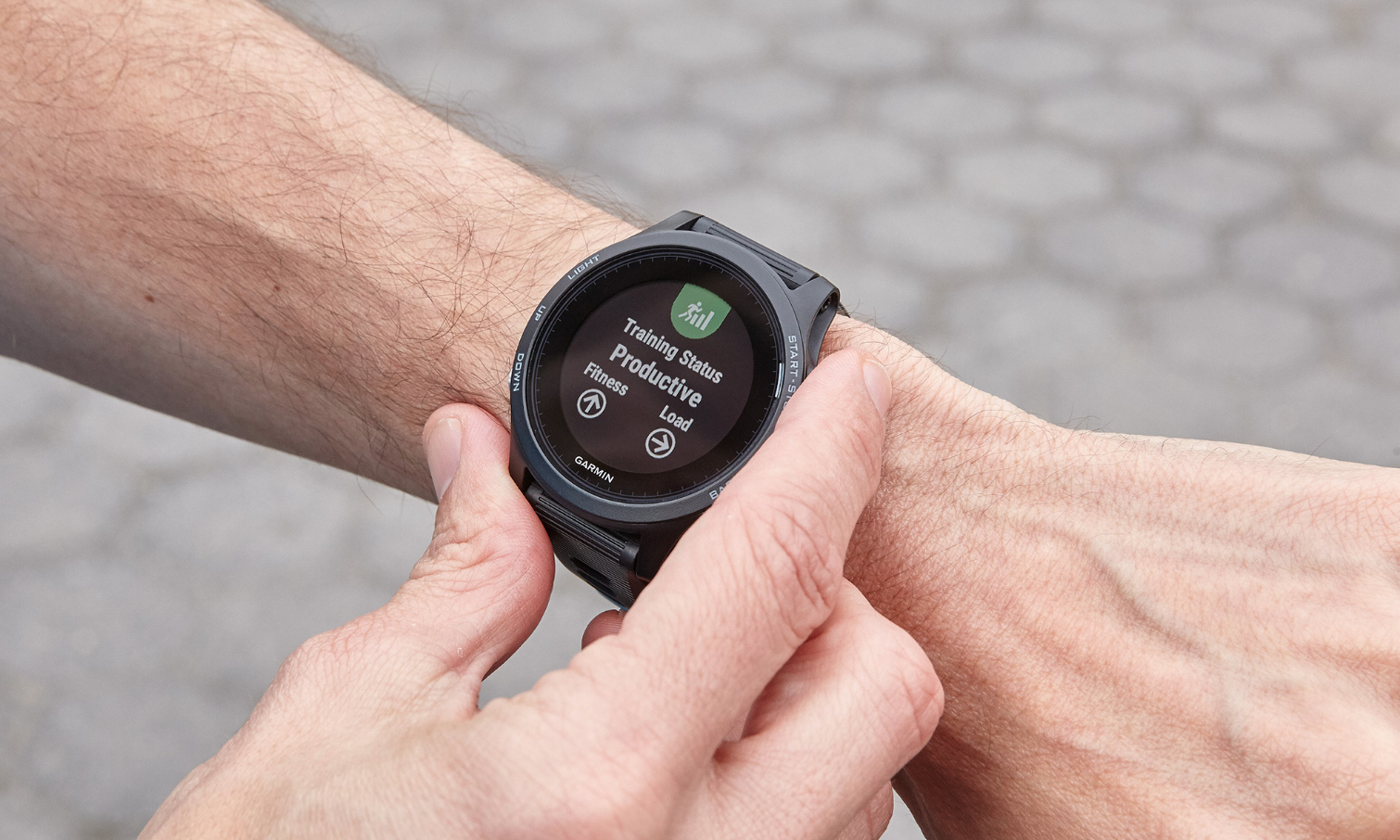
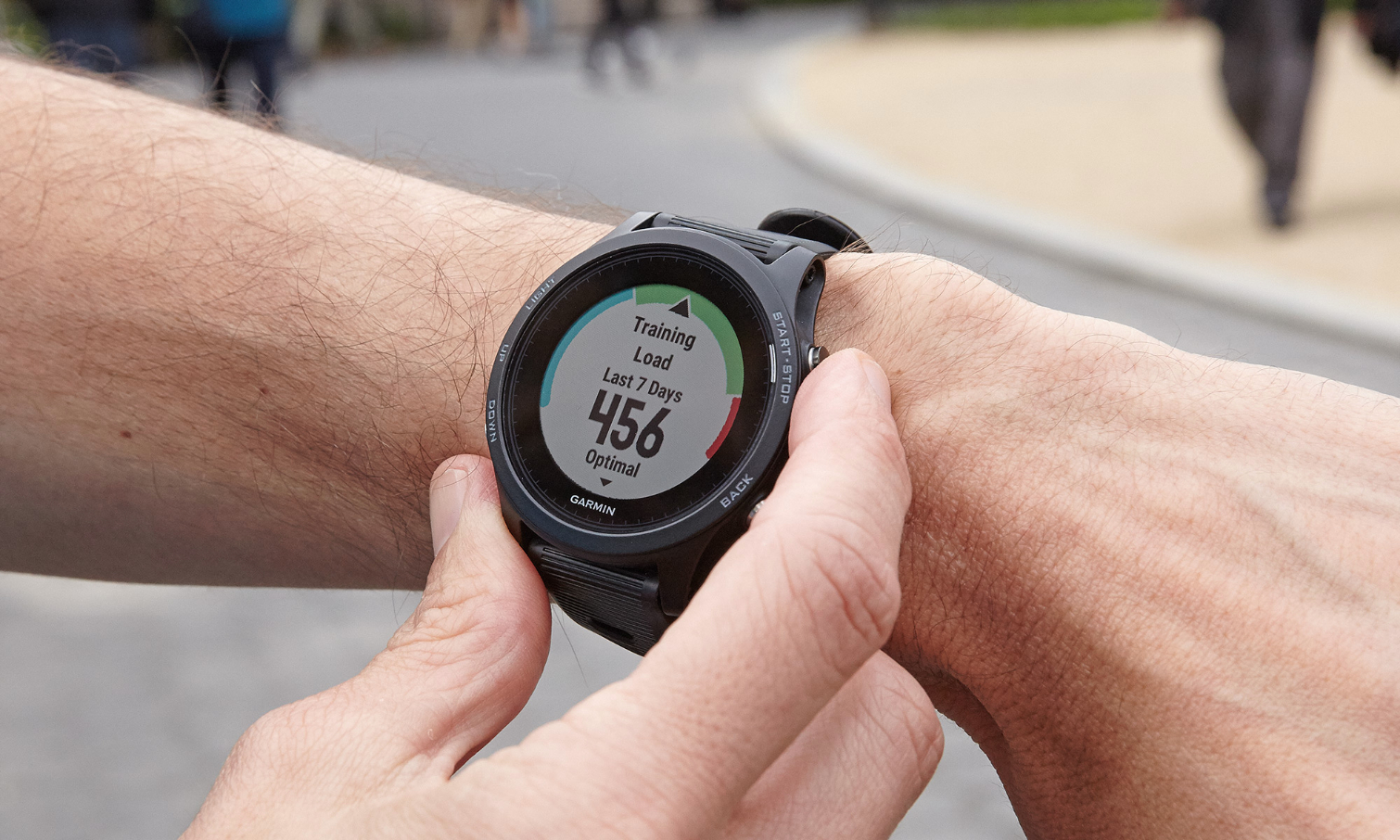
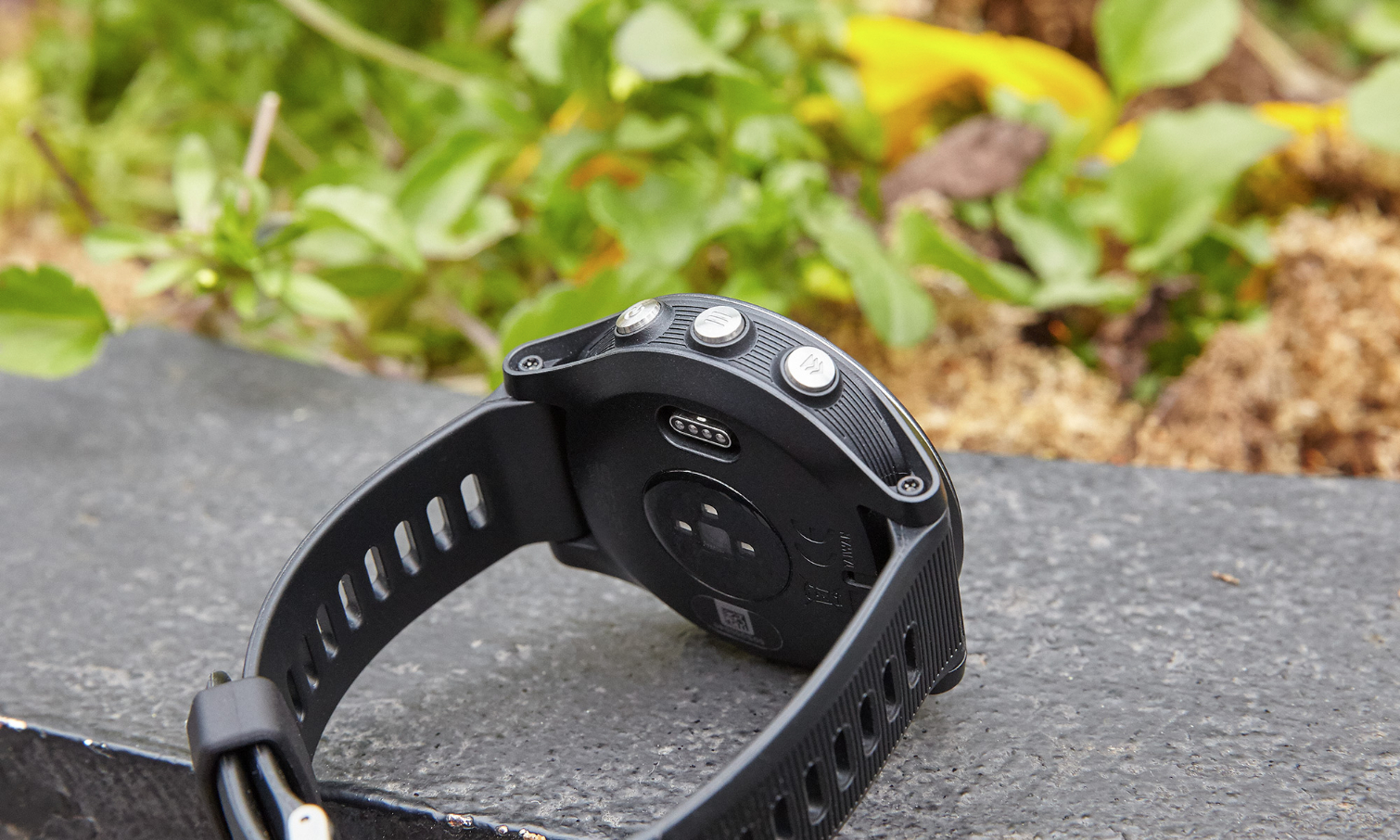


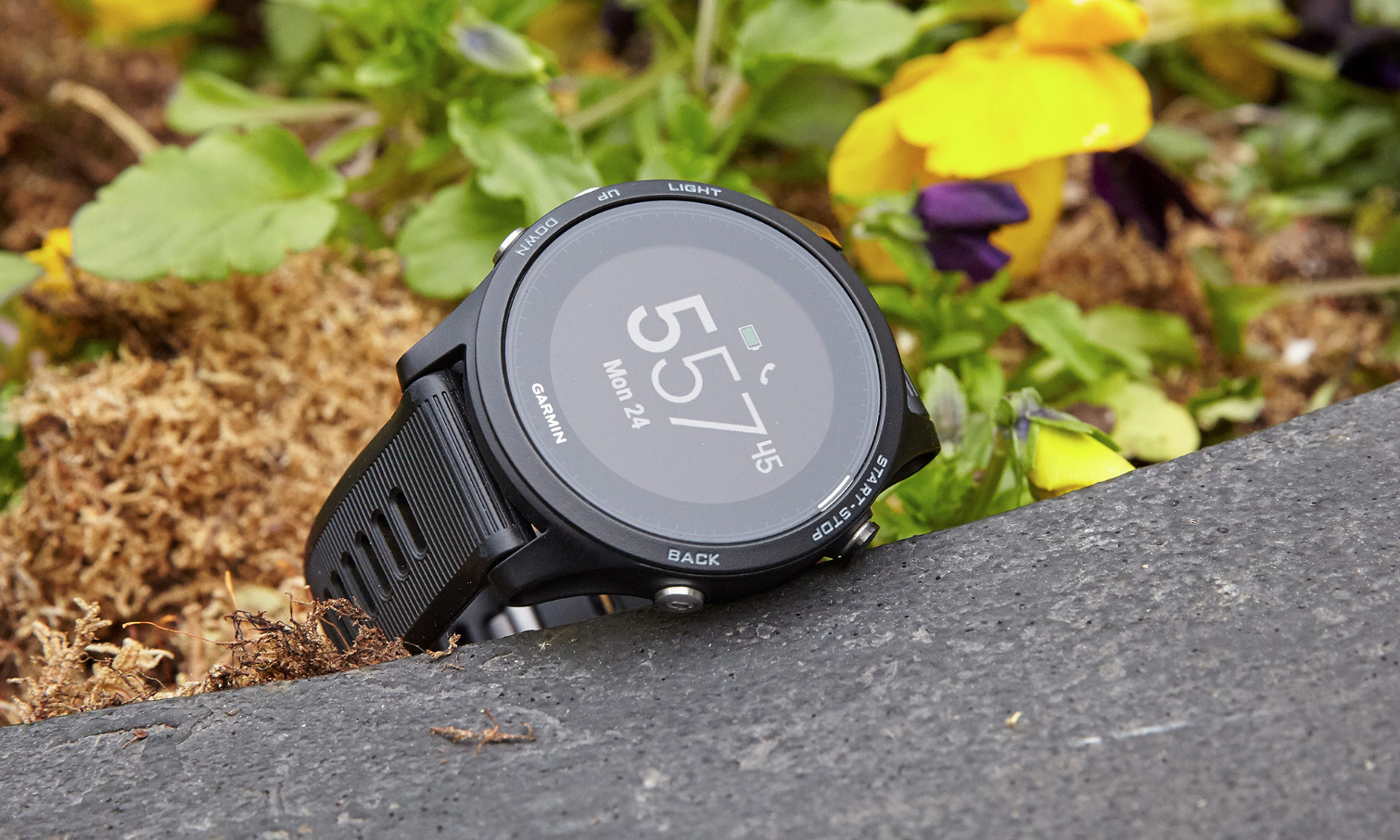
It’s been two years since Garmin released a new GPS watch for triathletes, ultramarathoners, and multisport athletes. The Garmin Forerunner 935, the successor to the venerable Forerunner 735XT, has a slim and light design that is perfect for long activities, whether it’s conquering an Ironman triathlon, or taking on a 50-mile run along some dusty trails. While pricey at $499, the new Forerunner is a solid iteration from Garmin that will prompt some athletes to upgrade their old watches and should be considered by those looking for their first multisport GPS watch.
Design
The Garmin Forerunner 935 looks like a thin, light sports watch. It has a black circular plastic face and plastic band. It’s thin enough (0.55 inches) and light enough (1.6 ounces) that I often forgot when I was wearing it. Its very simple design is perfect for anyone who is fine with a more casual athletic-watch look at work (i.e., ask me about my triathlon this weekend).

To make it so thin and light, Garmin made the watch out of plastic and the band out of silicone. This is great for people worried about the weight of their device, but makes it a bit less durable and fashionable than the Garmin Fenix 5, which has a stainless-steel bezel. Still, the Forerunner 935 is waterproof to 5 ATM (165 feet).

While extremely shiny, the Forerunner 935’s display is very easy to read in the sunlight, thanks to its transflective screen. It lacks a touch display (no big deal) but there are three buttons on the left and two on the right for navigating through menus. Basic functions were straightforward, but it took me a bit of time reading through the manual to understand how to use the more complex features. Once I did, I really liked how a few clicks could get me to the feature I wanted, whether changing the watch face, programming intervals or adjusting the backlight settings.
Advanced Watch Features for the Multisport Athlete
I really enjoyed using the Forerunner 935 on a day-to-day basis for the basics of running. I usually kept it on throughout the day for an everyday watch, too.

The Forerunner 935 was quick to acquire a GPS signal (typically less than 20 seconds), and synced easily with my smartphone (both Android and iOS are supported). Its GPS signal was extremely strong, and I keep GLONASS on (an alternative to GPS), which improves accuracy but lowers battery life a little.

During my runs, the Forerunner 935 showed my speed more accurately than my running mates’ watches. Nothing matches a chest-strap heart-rate monitor, but the built-in optical HR monitor in the 935 was very accurate. It would display very few spikes that happen with lesser HR devices, providing an extremely solid, reliable experience.
Get instant access to breaking news, the hottest reviews, great deals and helpful tips.

Triathletes need a watch that can easily switch from swimming to biking to running. The 935 does this in one continuous activity that tracks everything, along with the transitions. I have several triathlete friends who look to the Fenix and the Forerunner 935 series as must-haves because of this one feature, which it does well. The 935 also has profiles for myriad outdoor sports, including hiking, climbing, snowboarding, skydiving, indoor rowing, and more that aren’t found in Garmin’s lower-priced models. It’s nice to have these extra features in case I decide to hit the slopes or go skydiving (less likely).
In addition to tracking a large number of activities, the Forerunner 935 has advanced analytics that can provide better insight into your training and recovery than other, more basic GPS watches. One new key analytic tool is Training Status, which looks at your recent activities and performance indicators and evaluates if you’re training productively, peaking or overreaching. For me, this is a nice feature to remind me how hard I am pushing myself (or not).

Some of the metrics that feed Training Status are VO2 Max (heart health and ability), aerobic training effort (base level exercising), and now anaerobic training effect, which can tell how hard a current workout is for the user.

The Forerunner 935 is also compatible with optional add-ons that provide an even deeper look into your training. These include chest-heart-rate monitors, a bike speed and cadence sensor, and now a new Running Dynamics Pod. The Running Dynamics pod tracks six metrics, including stride length and cadence, to improve your running form.
MORE: Best GPS Watches
Connected Features
Garmin’s 935 doesn’t pretend to be an Apple Watch, but that doesn’t stop it from having some smartwatch-like features that can add value in the day-to-day use. This includes phone notifications, changing watch faces, and, most important, “apps” that can be installed to add features to the watch.

I used watch faces the most, which helps dress up the look of the 935. I also used the weather app a lot to check the temperature and rain forecast before I went out for a run. I wasn’t the biggest fan of the music controls, as it would take me away from key screens and require too much concentration during a run. I also am not a huge fan of email or phone notifications, as I find them distracting.
Epic Battery Life
For the potential ultramarathoner, the 935’s battery life is really attractive. According to Garmin, the Forerunner 935 can last up to 24 hours with GPS and heart-rate tracking, and up to 60 hours with the less-accurate UltraTrac mode. These features are key to looking to jam-pack a weekend full of sports activities. I used the watch for almost an entire week of heavy use (1-2 hours per day) without worrying about it running out of battery.
MORE: 20 Best Fitness Apps
Bottom Line
Triathletes, ultrarunners and multisport users have a great choice in a performance GPS watch like the $499 Garmin Forerunner 935. Its size, weight, features and battery life make it an extremely compelling device. If you’re looking for a GPS watch primarily for running, the Garmin Forerunner 235 or the TomTom Spark3 Cardio + Music are more cost-effective options. If looks and durability are important, and an additional $100 and a few extra ounces of watch don’t bother you, bump yourself up to the Fenix 5 or 5s. But if performance, weight and slim profile are your biggest priorities, then the Forerunner 935 is your next GPS watch.
Credit: Jeremy Lips/Tom's Guide

